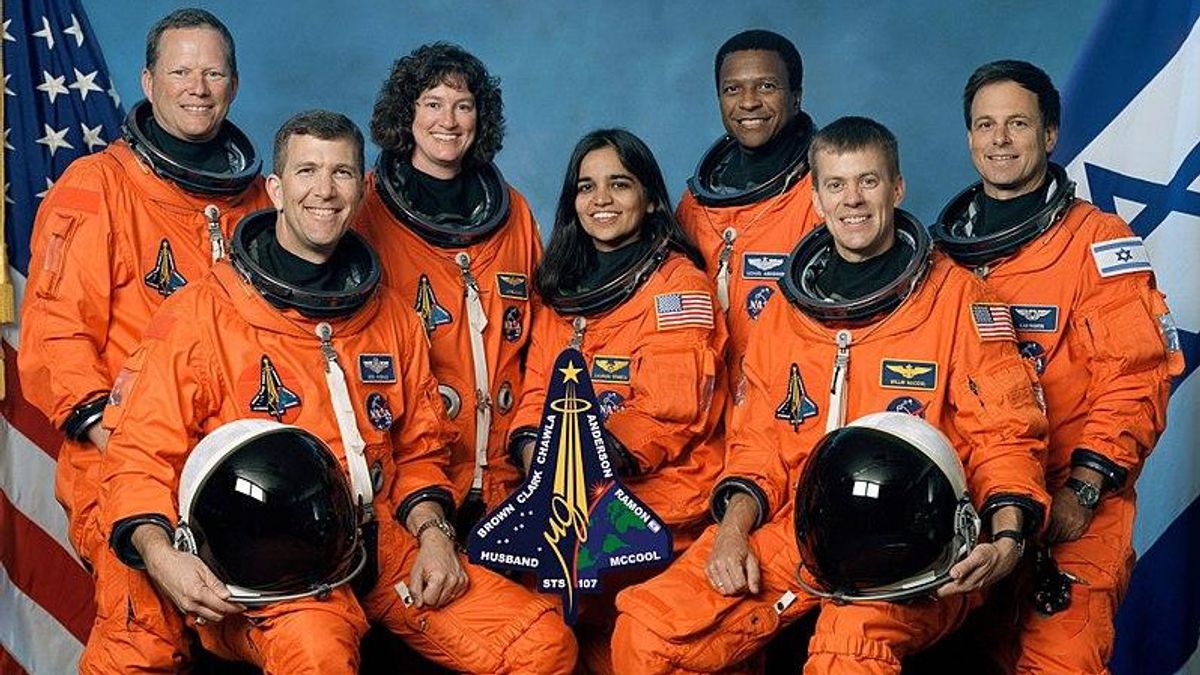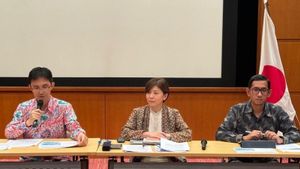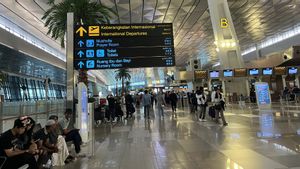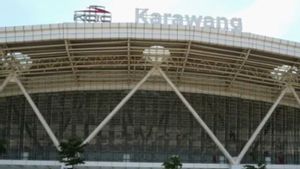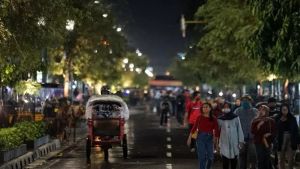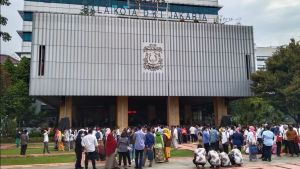JAKARTA - On February 1, 2001, the shuttle to the United States (US), Columbia was Crashed. The incident killed all seven astronauts in it.
The shuttle Columbia was crashed a few minutes before landing at the Kennedy Space Center in Florida. This tragedy is known as the Columbia Disaster.
Citing Britannica, the Columbia crew took off on January 16, 2003. They were flying for the 28th STS-107 mission.
The crew were the ones who made the space shuttle program's first flight into space in 1981. And the STS-107 is a flight dedicated to experiments requiring a microgravity environment.

The crew consisted of a commander, Rick Husband as the pilot; William McCool, Michael Anderson, David Brown Kalpana Chawla, and Laurel Clark, mission specialists; and payload specialist Ilan Ramon, who was also the first Israeli astronaut.
They spend 24 hours a day doing science experiments in two shifts. They conducted about 80 experiments in life science, materials science, fluid physics, and other things before returning to Earth.
Rain of debris in Texas
When the Columbia re-entered the Earth's atmosphere, the plane crashed in Texas at around 09.00 local time. The plane was crashed at an altitude of 60 kilometers, making Texas rain debris.
The aircraft's disintegration was recorded by the US Air Force television and radar cameras. The main components and remainings of the crew member bodies were found the following month.
Columbia Disaster happened almost to coincide with the 17th anniversary of Challenger's disappearance in a launch crash on January 28, 1986. The cause of the Columbia Disaster was immediately known.
A record shows that the insulating foam dislodging from the external propellant tank and hitting the front edge of the left wing approximately 81 seconds after take-off. The foam came off in the previous mission without causing a serious accident.
At the time of the Columbia launch, National Aeronautics and Space Administration (NASA) engineers did not think the foam would carry momentum causing significant damage. In fact, as shown in post-crash tests, the foam is capable of perforating the reinforced carbon insulation tiles that protect the shuttle's front ends and wings from extreme heat when re-entering the atmosphere.

While some engineers requested to look for damages through the pictures of the shuttle that the cameras took, the requests didn't get to the right officials. As the Colombian crew returned to the atmosphere, hot gases penetrated the broken tile section and melted the main structural elements of the wing, which eventually collapsed.
Data from the vehicle showed an increase in temperatures in parts of the left wing at 08:52 am local time. It is estimated that the crew only found out about the situation about a minute before the plane was destroyed.
Subsequent investigations by NASA and the independent Columbia Accident Investigation Board found a number of managerial deficiencies, in addition to the outright technical reasons that allowed the accident to occur. The most obvious result of the accident was that three planes were prohibited from flying, namely Discovery, Atlantis, and Endeavor.
The ban is in effect until NASA and its contractors can develop ways to prevent similar accidents, including the equipment for in-orbit repairs. Assembly of the International Space Station (ISS) in Earth orbit was postponed after the Columbia crash until shuttle flights could be continued.
Limited research on the ISS was carried out by only two people who launched on the Russian Soyuz spacecraft. The shuttle did not return to space until mission STS-114, which launched on July 26, 2005.
NASA Memorial Day

Several studies of the crew who survived the destruction, including a group of live roundworms, known as Caenorhabditis elegans. Investigators were surprised the worms survived with little heat damage.
Several offspring of these roundworms flew into space in May 2011 aboard the space shuttle Endeavor, shortly before the shuttle program was halted. Columbia Disaster is later commemorated as NASA Memorial Day.
The times for the commemoration of the tragedy are in late January or early February. Not only for Columbia, but the commemoration was also for Apollo 1, which went missing on January 27, 1967, and the Challenger went missing on January 28, 1986.
The English, Chinese, Japanese, Arabic, and French versions are automatically generated by the AI. So there may still be inaccuracies in translating, please always see Indonesian as our main language. (system supported by DigitalSiber.id)
